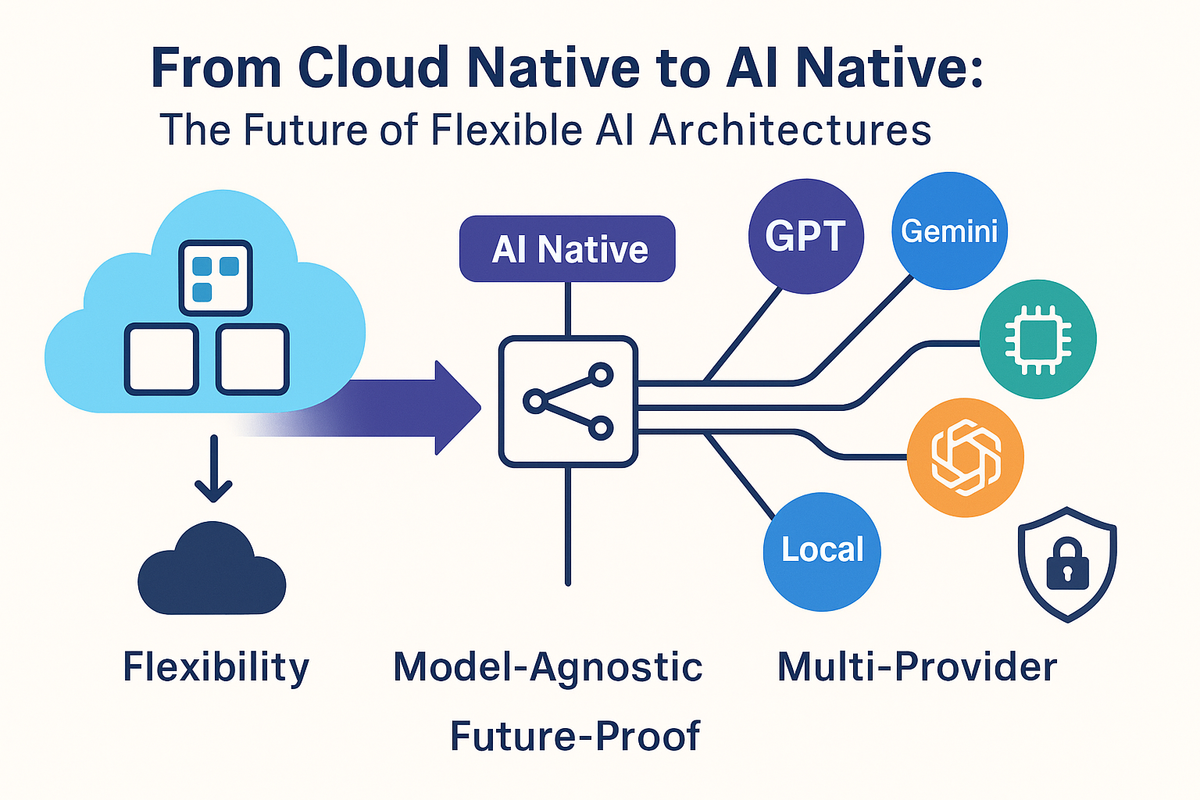How Enterprises Hierarchically Control Multi-Account Operation Permissions? As a manager of a cross-border team, you've probably encountered such frustrating things: a new operator accidentally deleted an Amazon store's Listing, a customer service representative inadvertently leaked a permission management, just like giving all the house keys to strangers—it's only a matter of time before something goes wrong.
Customer service can see the customer's address and phone number, but the system will automatically hide the complete card number, only showing the last 4 digits, so there's no need to worry about information leakage anymore; As a supervisor, I can check on my phone who modified what and when. If an abnormality is found, I can freeze the permission with one click, which is 10 times faster than checking logs before. Once, a cooperating logistics company needed to check a batch of orders. I gave them "read-only permissions", allowing them to only view logistics information and not touch other data, solving the problem while protecting privacy. 2. Permissions Follow the Person—Nothing Can Be Taken Away After Resignation This is the most reassuring point. Previously, when an employee resigned, we had to change account passwords one by one, fearing that they remembered the login information. Now, with Submatrix Cloud Phone, permissions are "tied to the position": Employees log in to the cloud phone with their own work IDs, and the content they can see is completely assigned by the system. When they resign, I click "cancel permissions" in the backend, and they can't see anything when logging in again, not even the collected customer data; What's even better is the "operation watermark". All exported files and screenshots will automatically have the employee's work ID and time. Even if someone wants to secretly save data, they won't dare to do so when they see the watermark. Last month, an old employee resigned, and the entire handover process only took 1 hour. The new employee logged into their own account, permissions were automatically synchronized, and they got started on the same day, which used to take at least 3 days. 3. Multi-Account "Permission Linkage"—Managing 20 Accounts Like Managing 1 When managing accounts on multiple platforms, the most confusing thing is inconsistent permissions. For example, customer information on Amazon and independent sites should be managed by different people, but previously, a customer service representative could view data from both platforms at the same time. Submatrix's "permission group" function solves this problem: Set Amazon accounts as the "sales group" and independent sites as the "member group". Customer service can only enter their own group, and need to go through approval to view data across groups; During monthly meetings, I grant "temporary report permissions" to the finance department. They can only export sales data, not customer information or supplier data. The permissions automatically expire after the meeting, so I don't have to manually revoke them. Now, a team of 8 people manages 20 accounts, and there hasn't been a single permission incident in half a year. The losses reduced due to mistakes alone are enough to buy 10 sets of systems. In fact, the core of enterprise permission management is not "how strict the restrictions are", but "being lenient where it should be lenient and strict where it should be strict". What Submatrix Cloud Phone does is turn permissions into a "transparent cage", which doesn't hinder work while keeping risks at bay. (You can talk about the permission pitfalls your company has encountered in the comment area to see if there are similar troubles)
.png)




